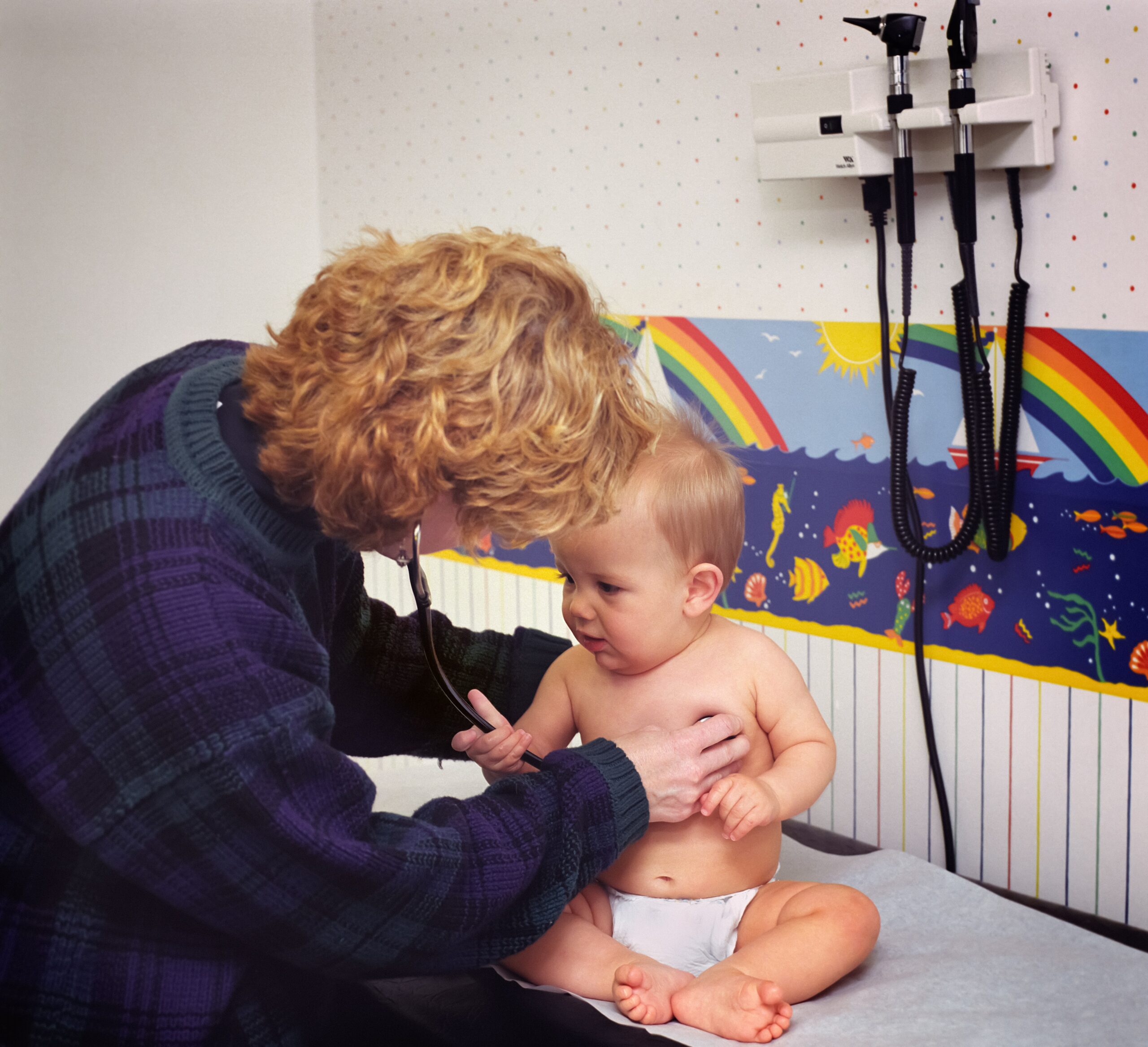At The Pediatric Orthopedic Center, we see many newborns who have suffered common orthopedic injuries during childbirth. These are distinct from congenital conditions a child is born with. In this article, we outline common injuries in newborns, their common causes, and how to recognize them.
How Orthopedic Injuries Occur For Newborns
Orthopedic injuries in newborns at birth are not uncommon, given the baby’s journey through the narrow birth canal. Factors that can cause common orthopedic injuries to occur for newborns include the baby’s position at the time of birth, the baby’s weight, and a mother’s underlying medical problems.
These factors may lead to birth trauma or the need for an assisted birth, which increases the risk of common orthopedic injuries. Birth trauma can occur due to the baby being positioned awkwardly or when the baby is very large. Sometimes the baby’s shoulders become stuck in the birth canal. These circumstances often lead to difficult deliveries that require manipulation or the use of medical instruments (forceps or vacuum).
What Are The Most Common Injuries In Newborns?
Some of the most common injuries in newborns are bone, joint, and nerve injuries, as follows:
Bone injuries
Clavicle fracture (broken collarbone)
Fractures of the clavicle (collarbone)—which connects the chest to the shoulder—are the most common type of orthopedic injury sustained at birth. Signs of a clavicle fracture include an inability to move the arm, the arms moving differently and excessive crying (from pain when the affected arm is moved). A broken collarbone is diagnosed by X-ray or ultrasound. Minor non-surgical treatment is used, such as immobilizing the arm by strapping it to the baby’s chest for a few weeks.
Humerus fracture
This is a break in the upper arm and is very rare, occurring in about 4 out of every 1000 births. A humerus fracture is treated first with a splint for about a week. After that, the parent or caregiver can pin the baby’s shirt sleeve to the shirt’s body to create a sling to support the healing limb.
Femur fracture
A femur fracture (broken thigh bone) can occur if the leg is twisted awkwardly during delivery. The child will exhibit pain when moved or during a diaper change. Treatment is a Pavlik harness, a soft harness that’s worn for three to four weeks to allow the bone to heal.
Nerve injuries
Nerve injuries stem from damage to the brachial plexus, a group of five nerves located just underneath the collarbone that branch out to the arm on both sides of the body.
Shoulder dystocia
A leading cause of brachial plexus injury during childbirth is shoulder dystocia when one or both of the baby’s shoulders get stuck during vaginal delivery. If this happens, the brachial plexus may be overstretched when the head is pulled in one direction and the arm in the opposite direction or during attempts to deliver a very large baby vaginally. Nerve injuries from shoulder dystocia cause weakness in one arm. Although the nerves may heal naturally over time, in cases with severe damage, surgery is recommended. Follow-up treatment depends on the severity of the birth injury.
Erb’s palsy
Erb’s palsy is the most common brachial plexus injury that damages the upper nerves. In Erb’s palsy, the fingers are working, but the arm is held to the side. Some children will recover spontaneously, with complete recovery in three to six months. Healing is evident when the baby can flex the elbow by about three months old. If this healing does not occur and nerve injury is still evident within this time frame, the child will need nerve studies and may require surgery.
Who Is At The Highest Risk Of Orthopedic Injuries?
As noted above, babies in poor fetal positions at the time of birth are at the highest risk of orthopedic injuries. The ideal position for a baby when passing through the mother’s pelvis during childbirth is head-down and facing toward the mother’s back. This position enables the smaller part of the baby’s body to exit first and provides more flexibility to move comfortably through the birth canal.
Other risk factors that contribute to orthopedic injuries during childbirth are babies born prematurely, the shape or size of the mother’s pelvis or birth canal (which may make a normal vaginal birth difficult), prolonged difficult labor, and maternal obesity.
Common Signs Of Orthopedic Injuries
The most common signs of orthopedic injuries that parents should look for are:
- Asymmetry between arms and legs (they look different)
- The baby is not moving one side at all or moving it differently from the other side
- The baby exhibits pain or sensitivity when one side is touched (crying or grimacing)
- Bumps on the collarbone or an arm or leg
- A difference in limb color (this is rare)
When To See An Orthopedist
Orthopedic injuries that occur during childbirth feature a spectrum of symptoms and long-term effects. Many resolve on their own or with non-invasive treatments and medical observation; newborn babies’ bodies develop rapidly and have a tremendous capacity to heal. However, other orthopedic birth injuries do not. We recommend parents seek pediatric orthopedic treatment at the first sign of an injury.
If your infant needs pediatric orthopedic treatment in northern NJ, the team at The Pediatric Orthopedic Center is here to help. We are specialists in pediatric orthopedic treatment in NJ for children from birth through adolescence. Call us at 973-538-7700 for an appointment with our NJ pediatric orthopedists.



